Rip currents are one of the biggest dangers for surfers and swimmers in the ocean. While they can be scary, they can also become a useful tool to reach the lineup with less effort. In this article, you’ll learn how to recognize them, the real risks, what to do if you get caught, and how to use them to your advantage without compromising your safety.
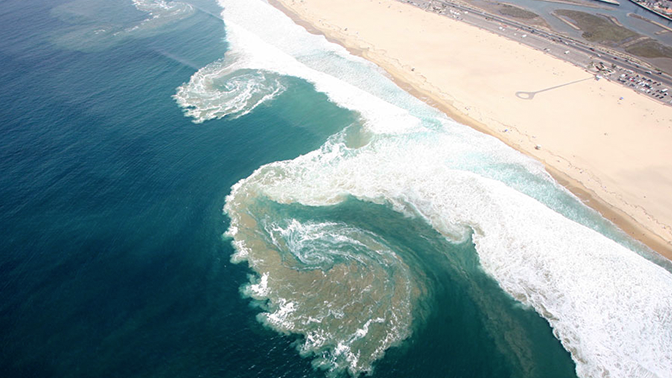
¿Qué es una corriente de resaca y cómo identificarla?
A rip current is a strong, narrow channel of water flowing from the shoreline out into the ocean. It forms a “path” that disrupts the wave pattern and pulls water seaward.
🔹 Datos rápidos sobre las corrientes de resaca:
- They’re so strong that swimming directly against them is nearly impossible.
- They’re common at most surfable beaches.
- They often form near piers, jetties, or sandbars.
- They’re easier to spot when waves break perpendicularly to the shore.
👉 Cómo verlas:
- Gaps between waves: areas of calmer water where waves don’t break.
- Color differences: water may look darker or murkier due to sand and sediment being pulled out.
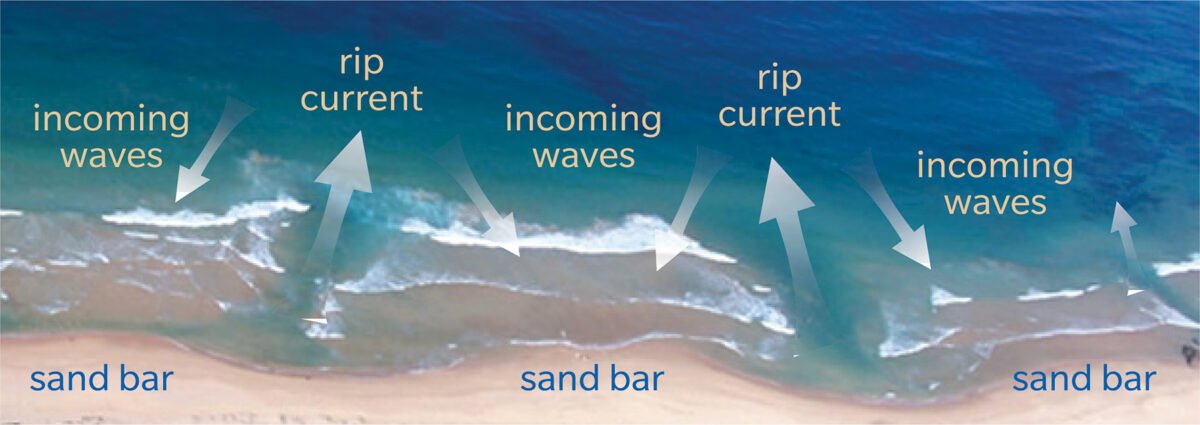
¿Son peligrosas las corrientes de resaca?
Yes — especially for beginners or inexperienced swimmers. They can drag you out to sea within seconds and cause panic. Even advanced surfers respect them and avoid underestimating their strength.
Why they are dangerous:
- They pull you quickly away from the shore.
- Swimming head-on against them is impossible.
- They can change speed and strength suddenly.
- They’re the leading cause of rescues on beaches worldwide.
For surfers, the advantage is having a surfboard for flotation, which reduces the risk of exhaustion.
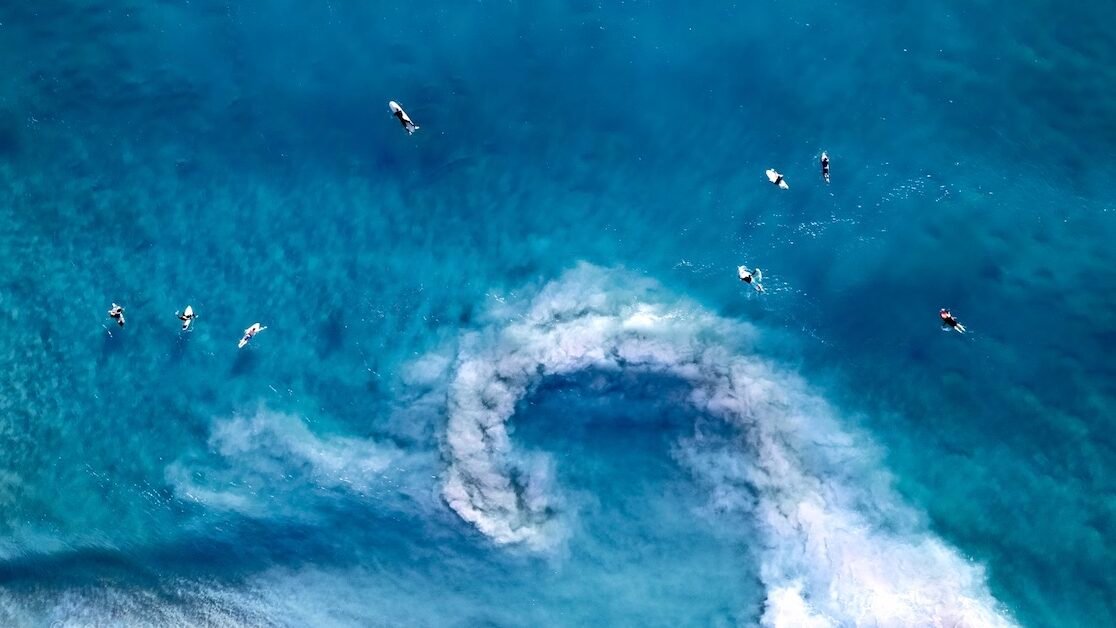
¿Cómo evitar una corriente de resaca?
- Watch the ocean before entering and observe where other surfers paddle out.
- Avoid paddling directly into calm “gaps” between breaking waves.
- Never surf alone: always surf with a buddy or instructor.

¿Hasta dónde te puede llevar?
Rip currents are usually between 10 and 20 feet (3 to 6 meters) wide but can stretch hundreds of meters offshore. Some reach speeds of up to 5–8 mph (8–13 km/h) — faster than Olympic swimmers.
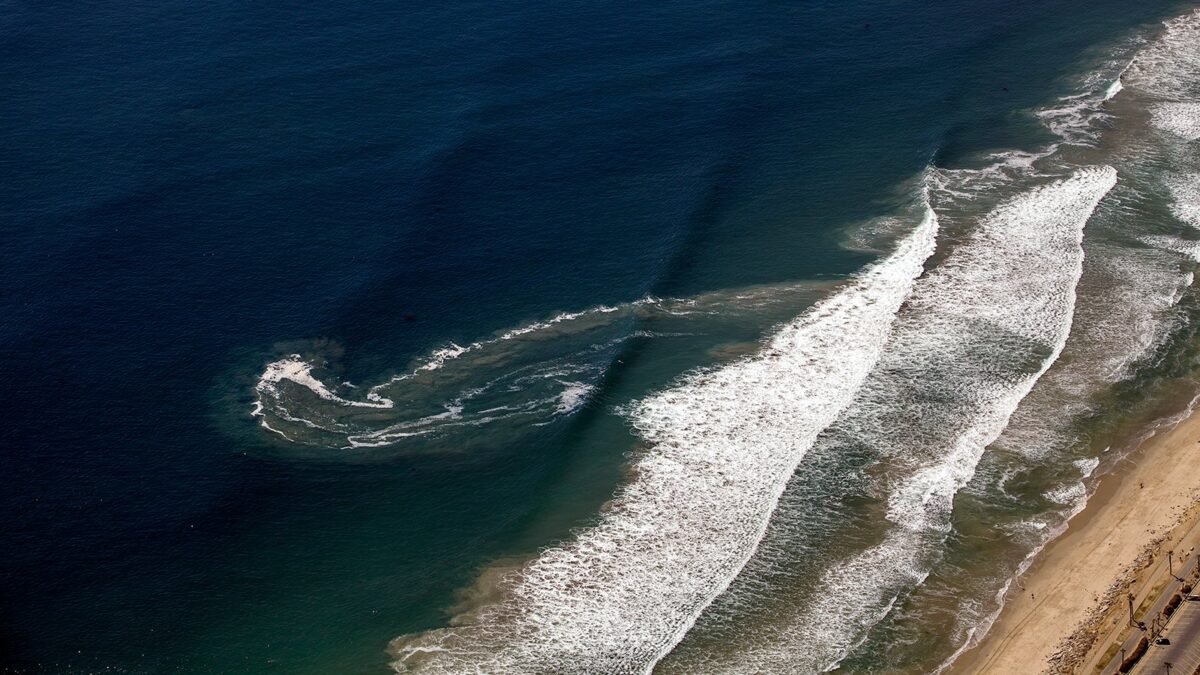
¿Cómo aprovechar la corriente de resaca?
Experienced surfers often use rip currents as a “highway” to the lineup. The current pulls them out quickly, saving energy and avoiding breaking waves. However, not all rips are helpful — some are too messy and chaotic.
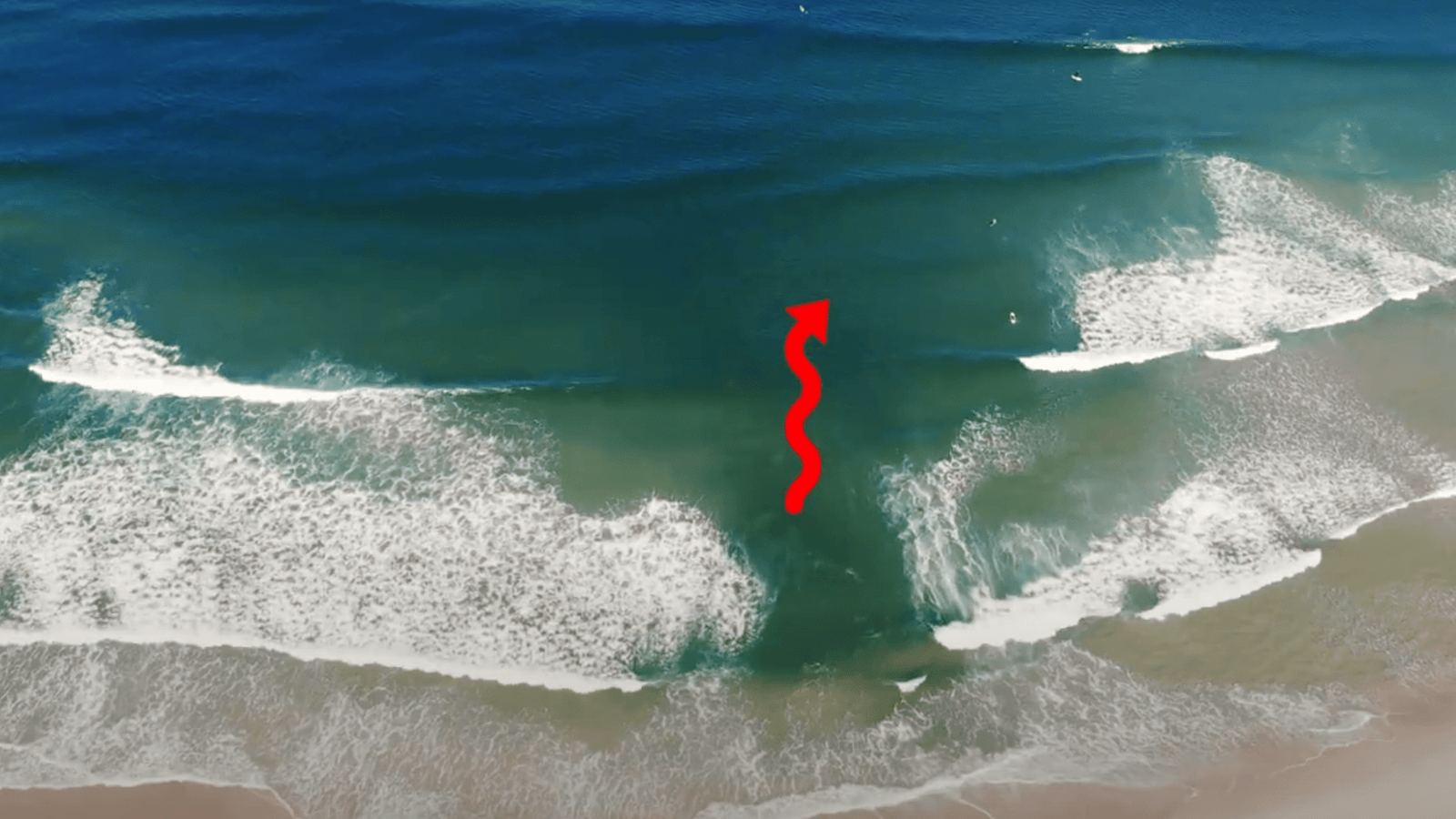
¿Cómo escapar de una corriente de resaca?
- Never swim against the current. You’ll waste energy and get exhausted.
- Swim or paddle parallel to the shore. Within a short distance, you’ll exit the rip.
- Let it carry you out until it weakens. Then swim sideways and head back in calmly.
- Stay calm and signal for help if needed by raising your arm.
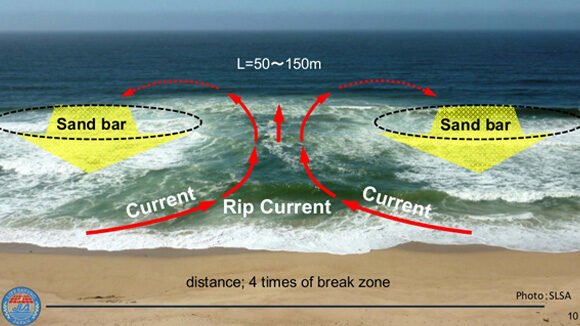
Consejos de seguridad para surfistas 🌊🏄
- Always respect beach warning flags and signs.
- Surf at lifeguard-protected beaches.
- Assume rip currents are always present.
- Know your limits and skip sessions if conditions are too strong.
- Stay calm: rips drag you outward, but not underwater.
This post will help you https://www.southcoastsurfschool.com/es/como-mejorar-la-remada-en-el-surf-ejercicios-tecnica-y-consejos/
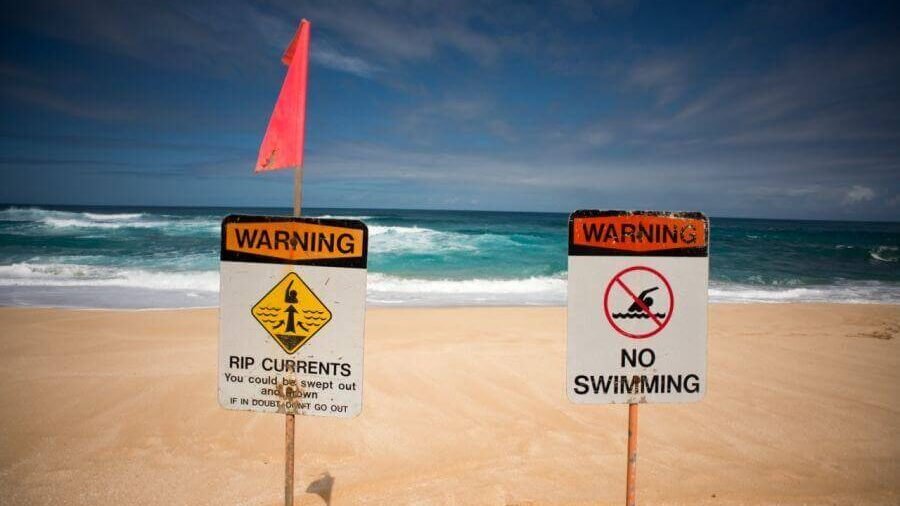
✅ Now you know that rip currents are both a real hazard and, if used wisely, a powerful tool to make your surfing sessions safer and more efficient.